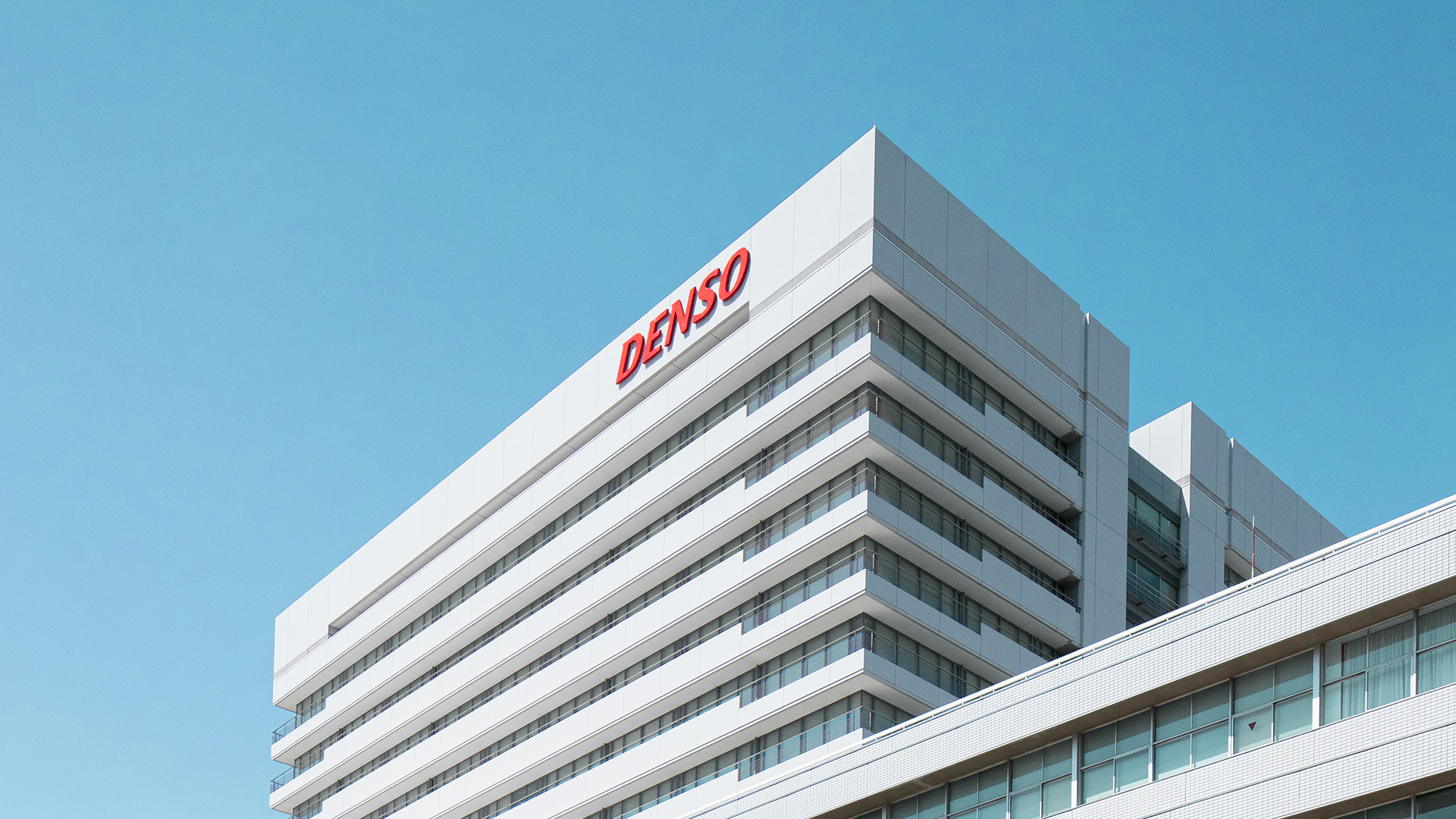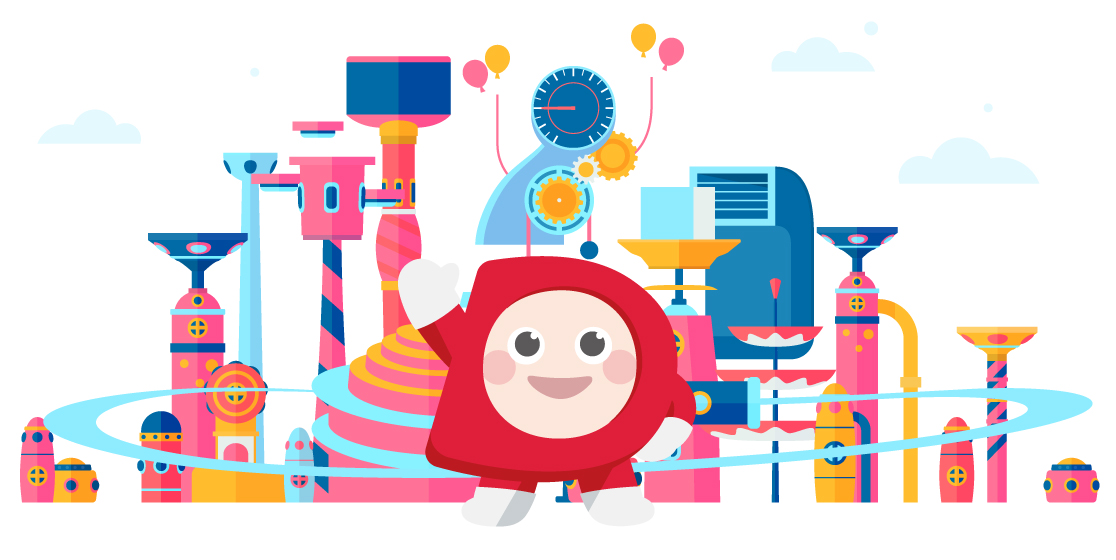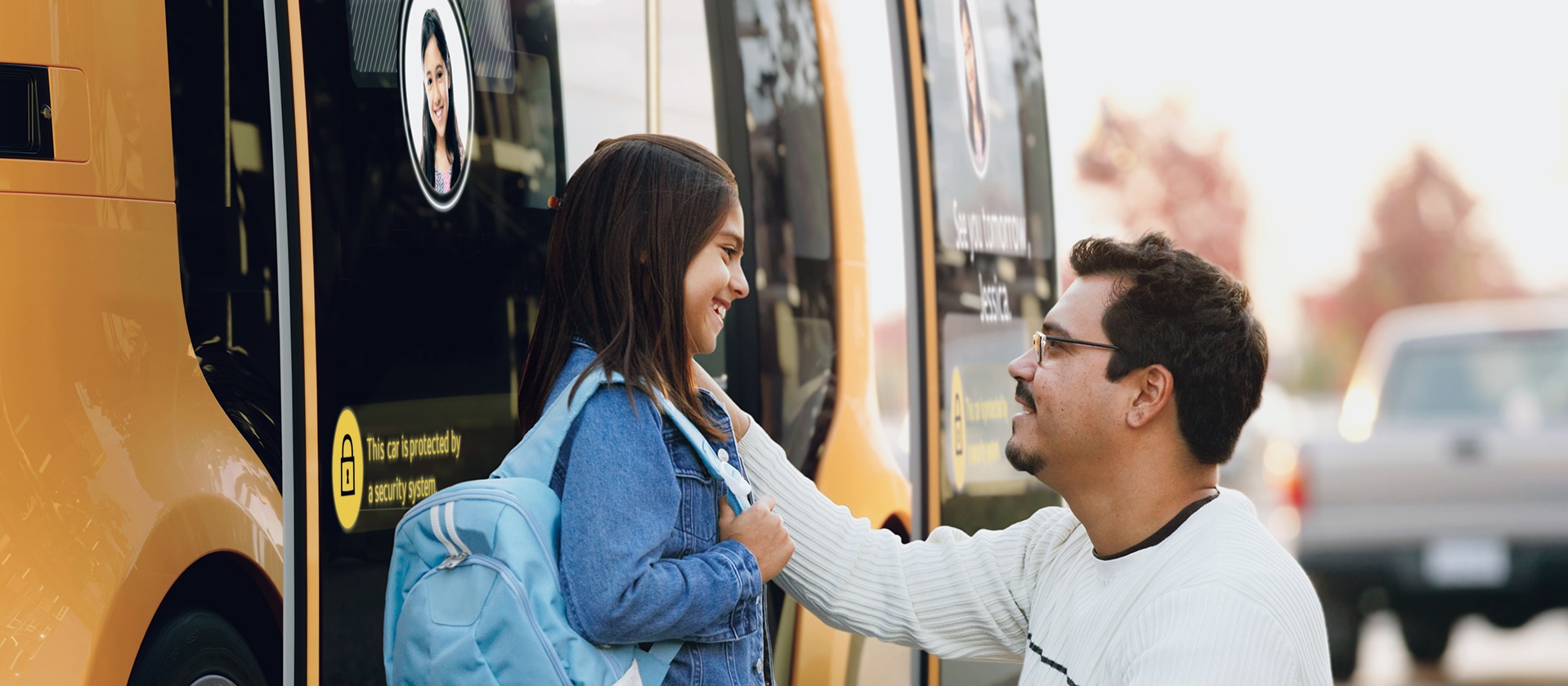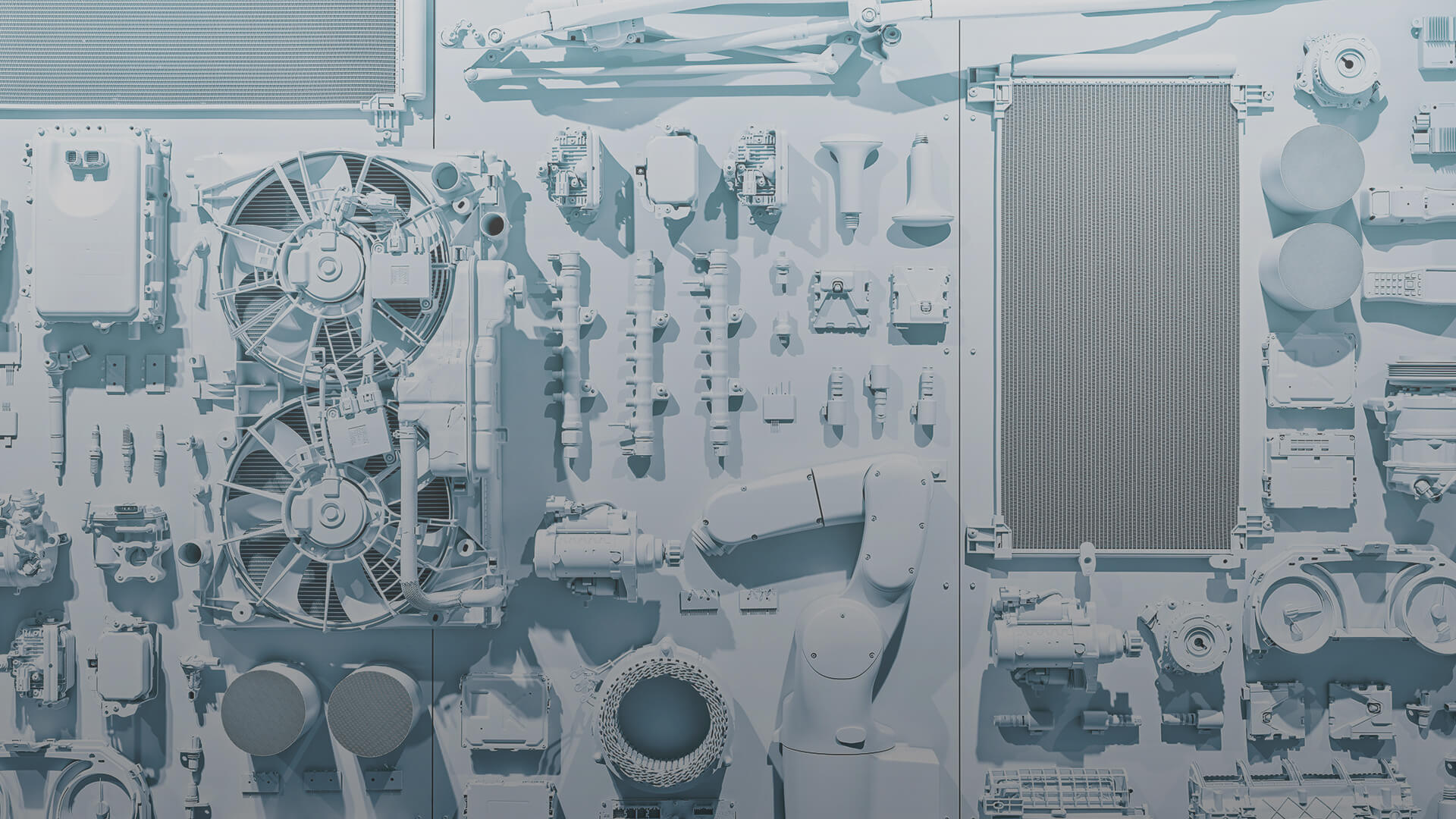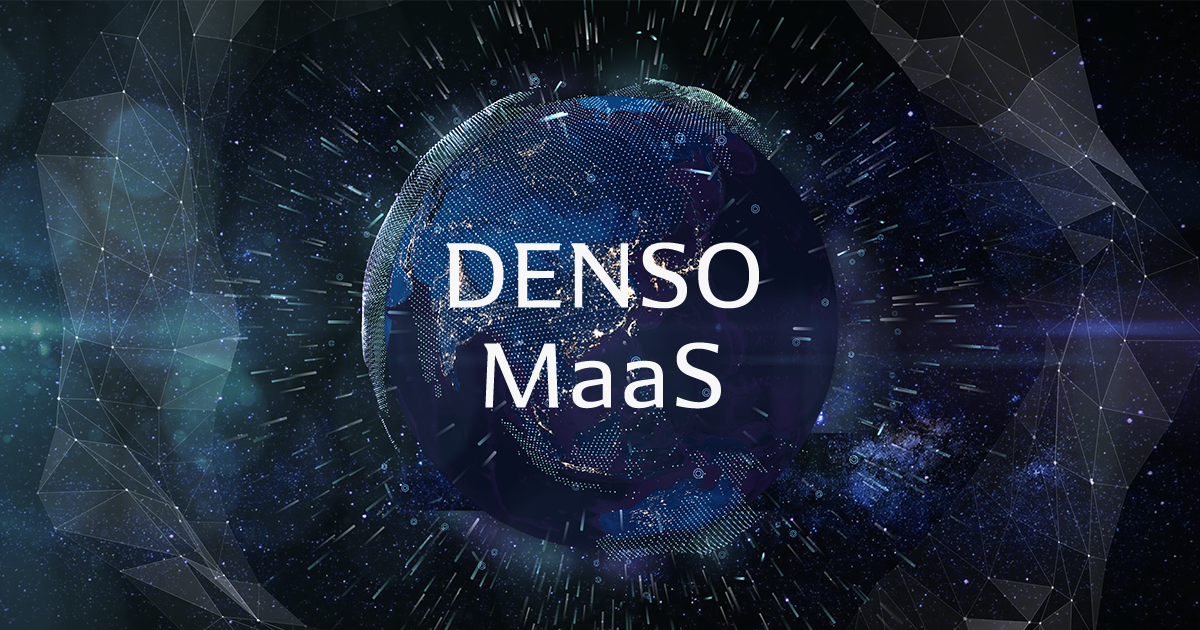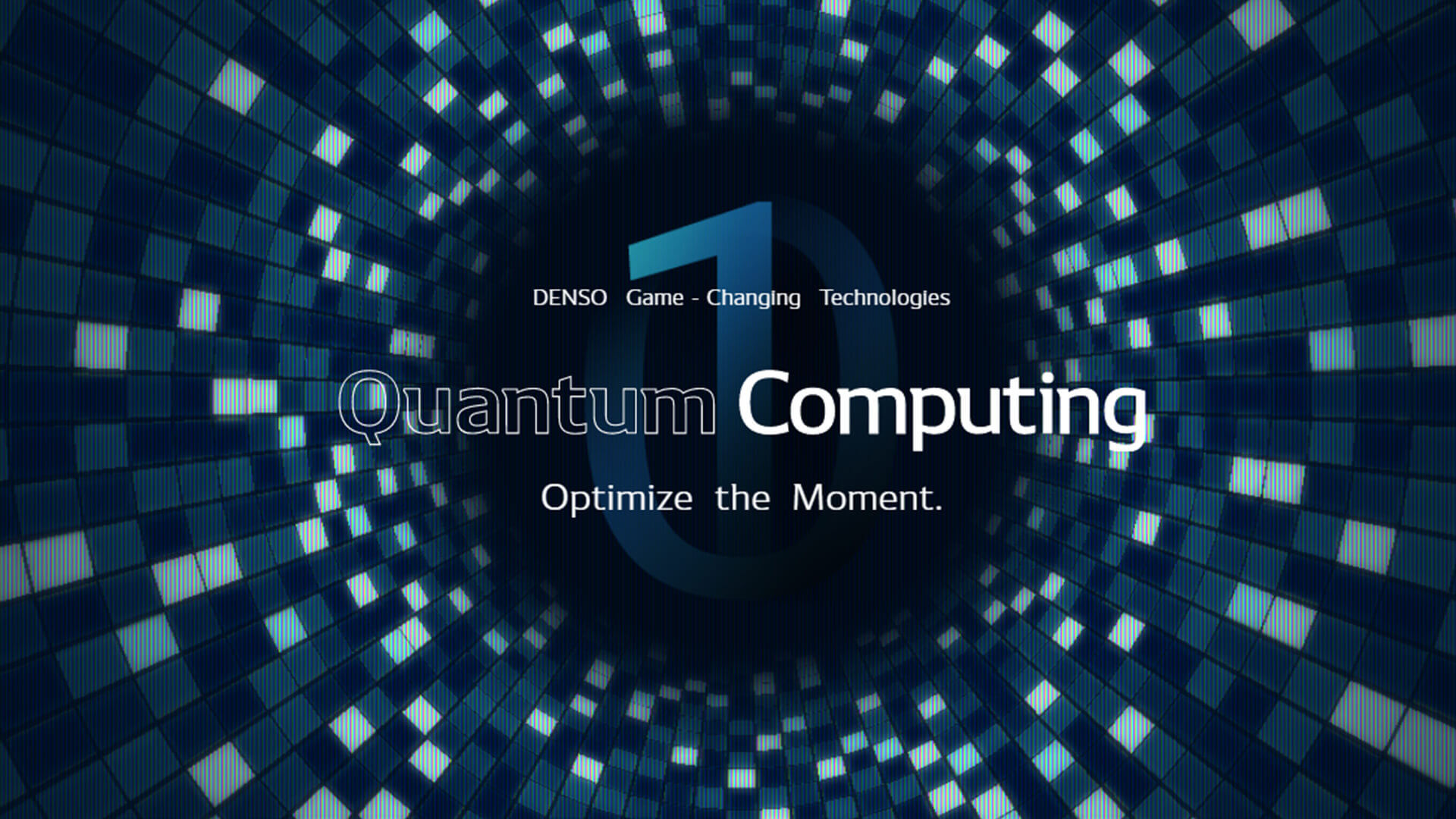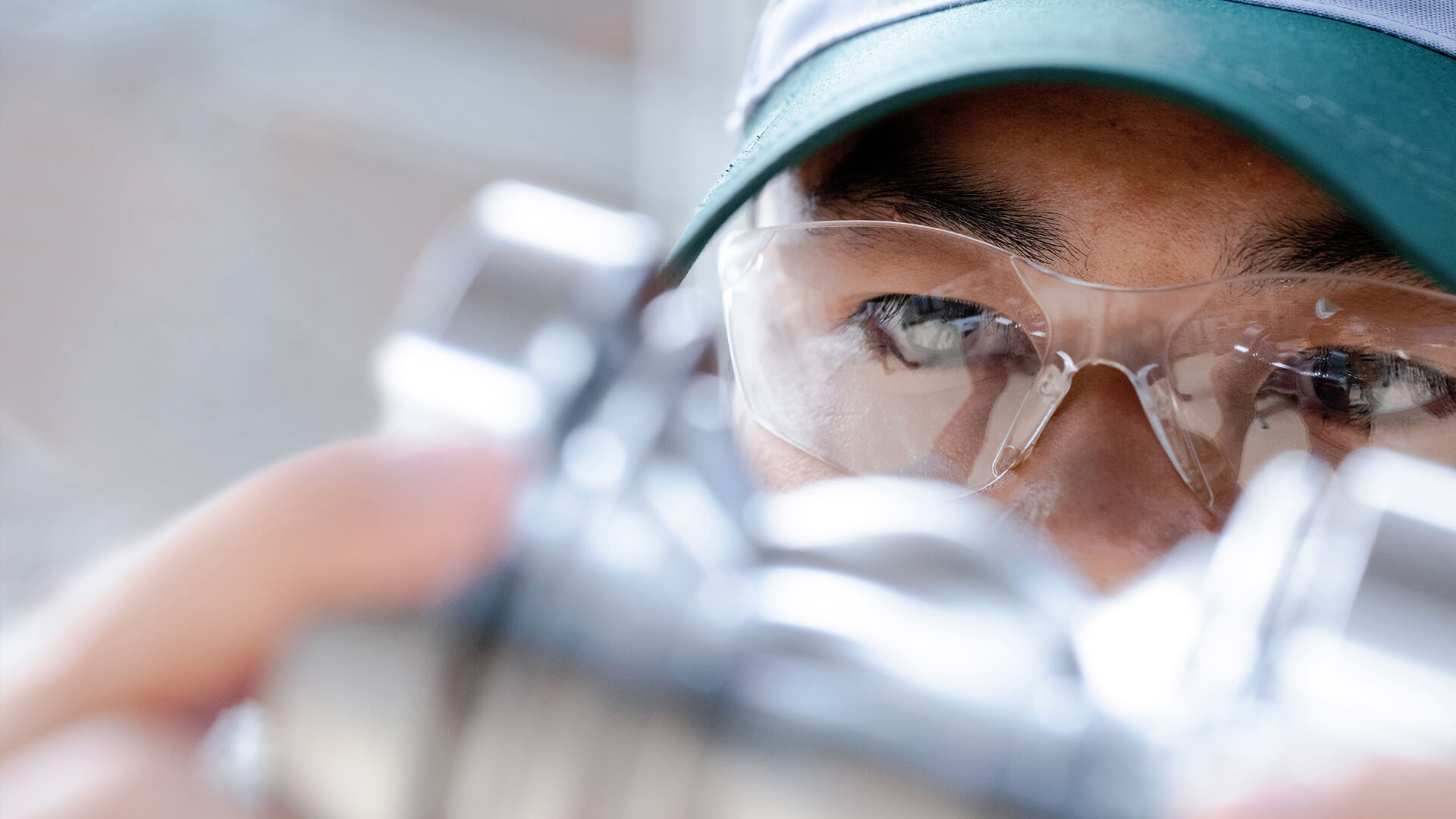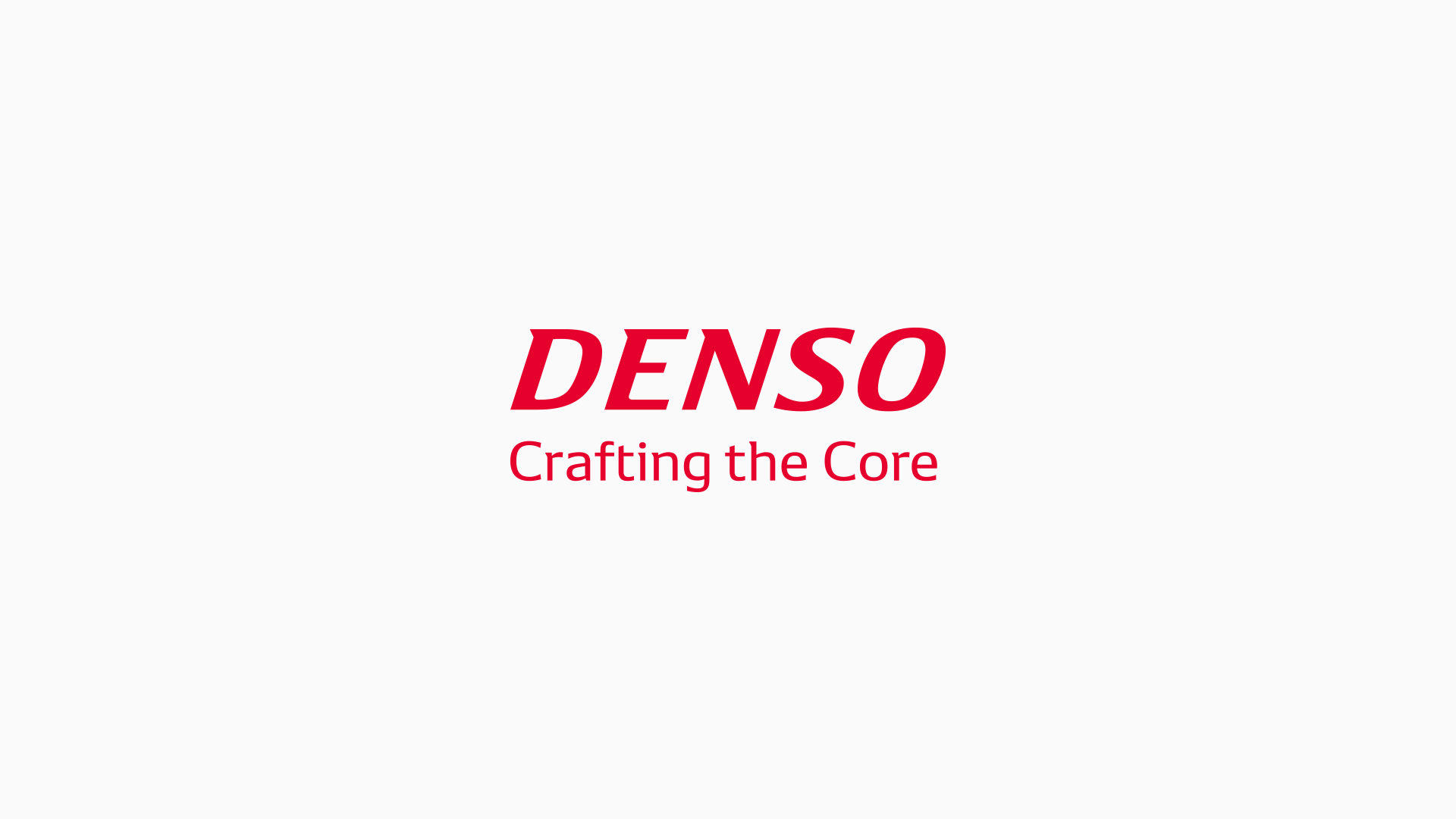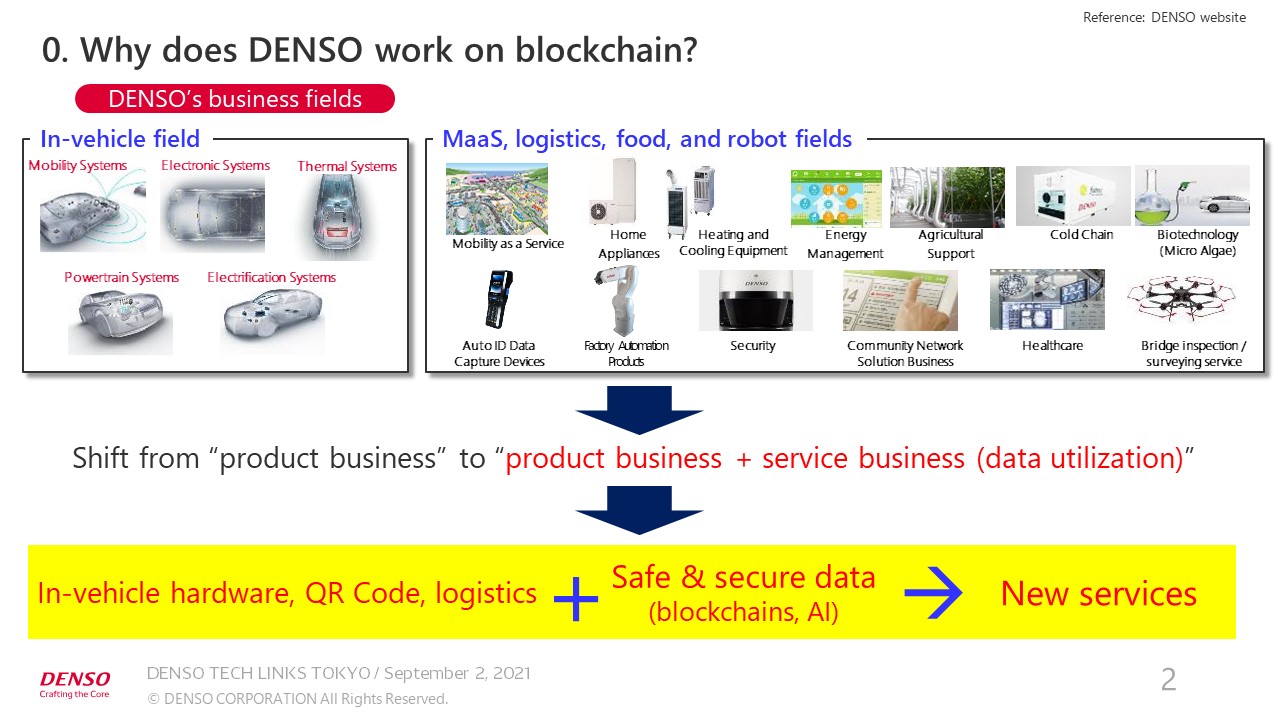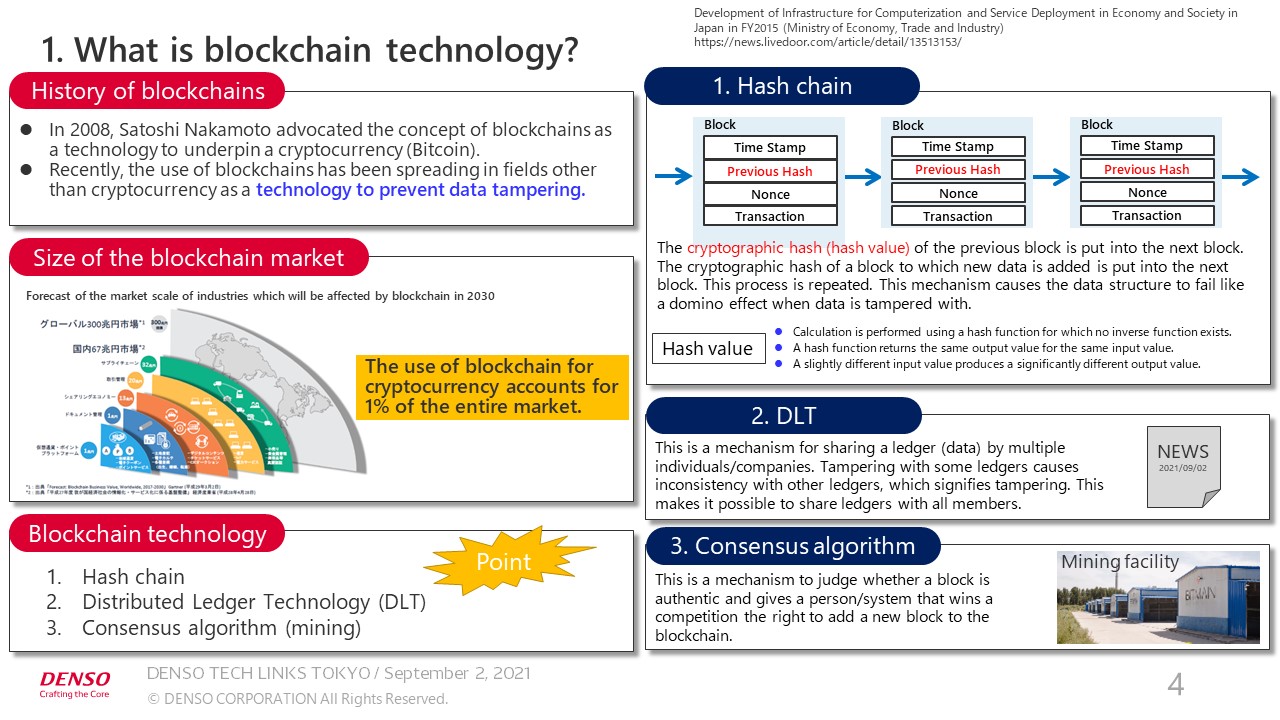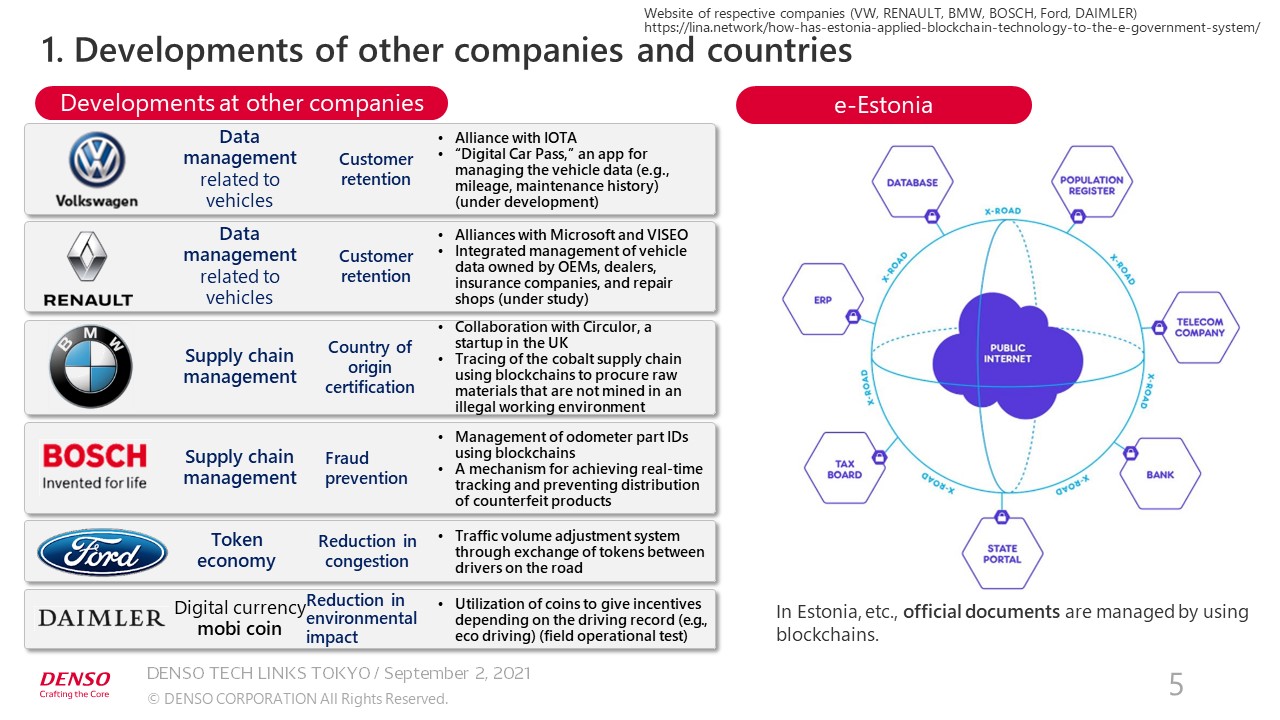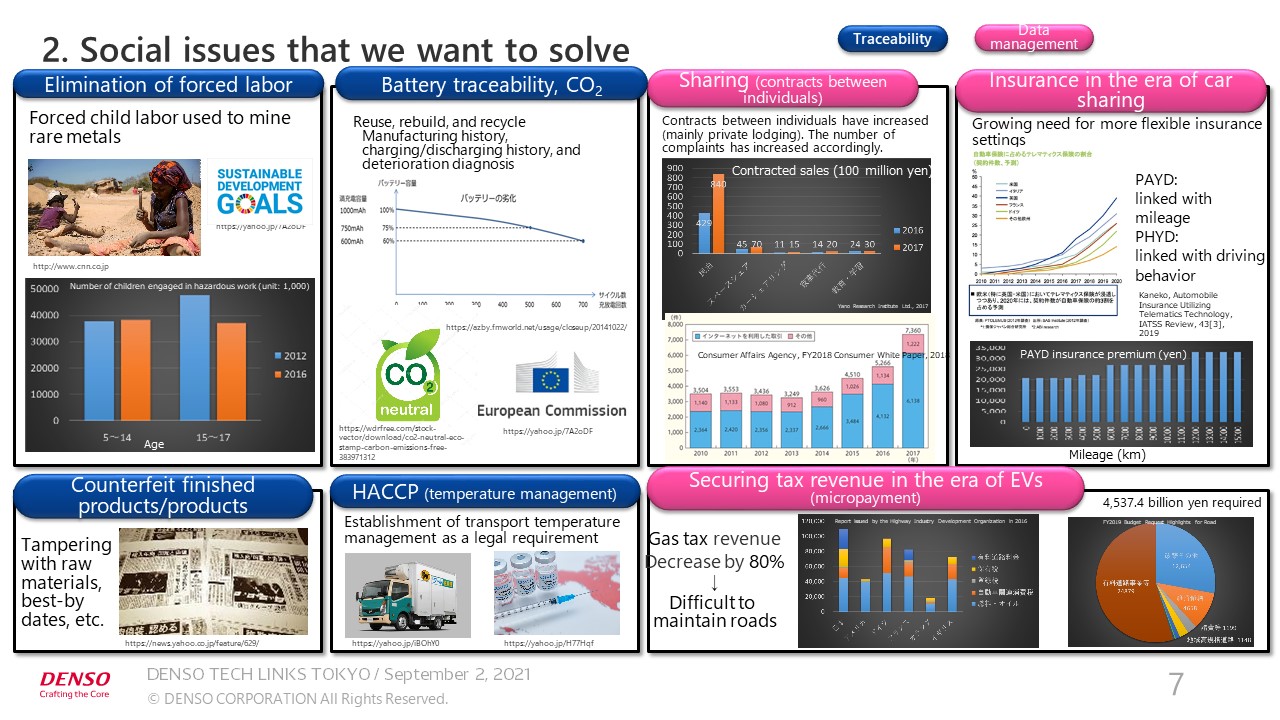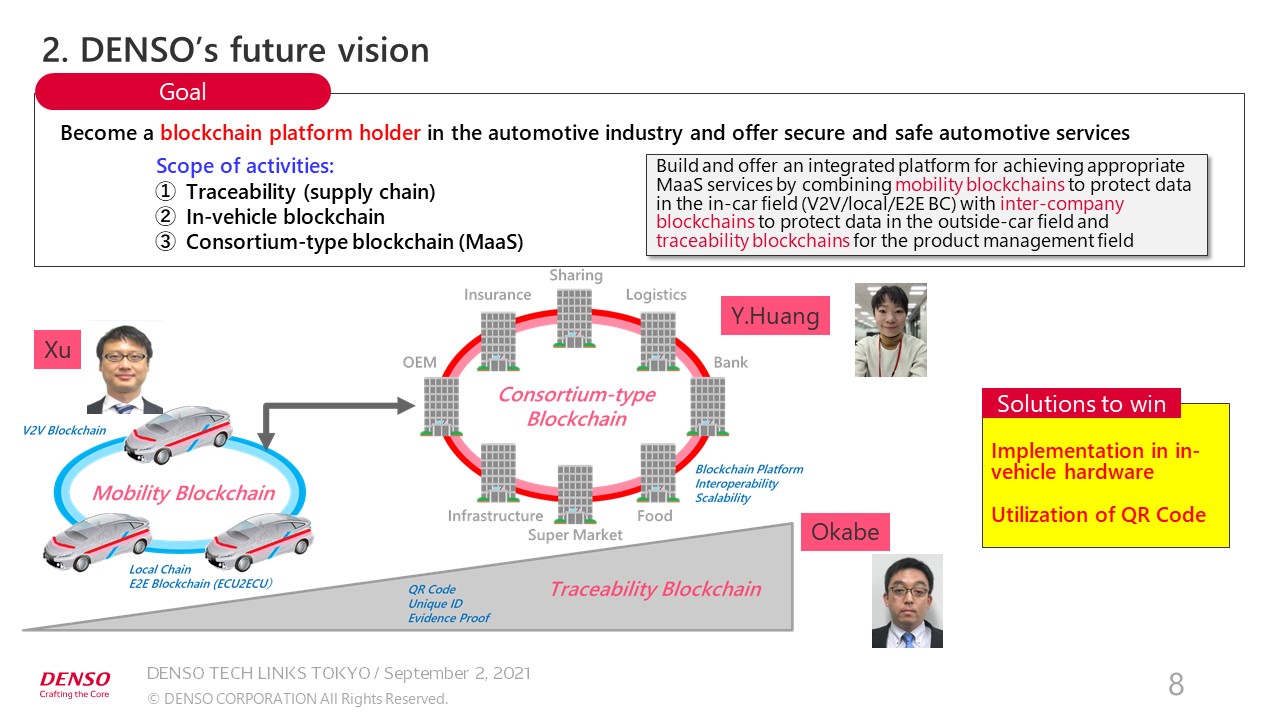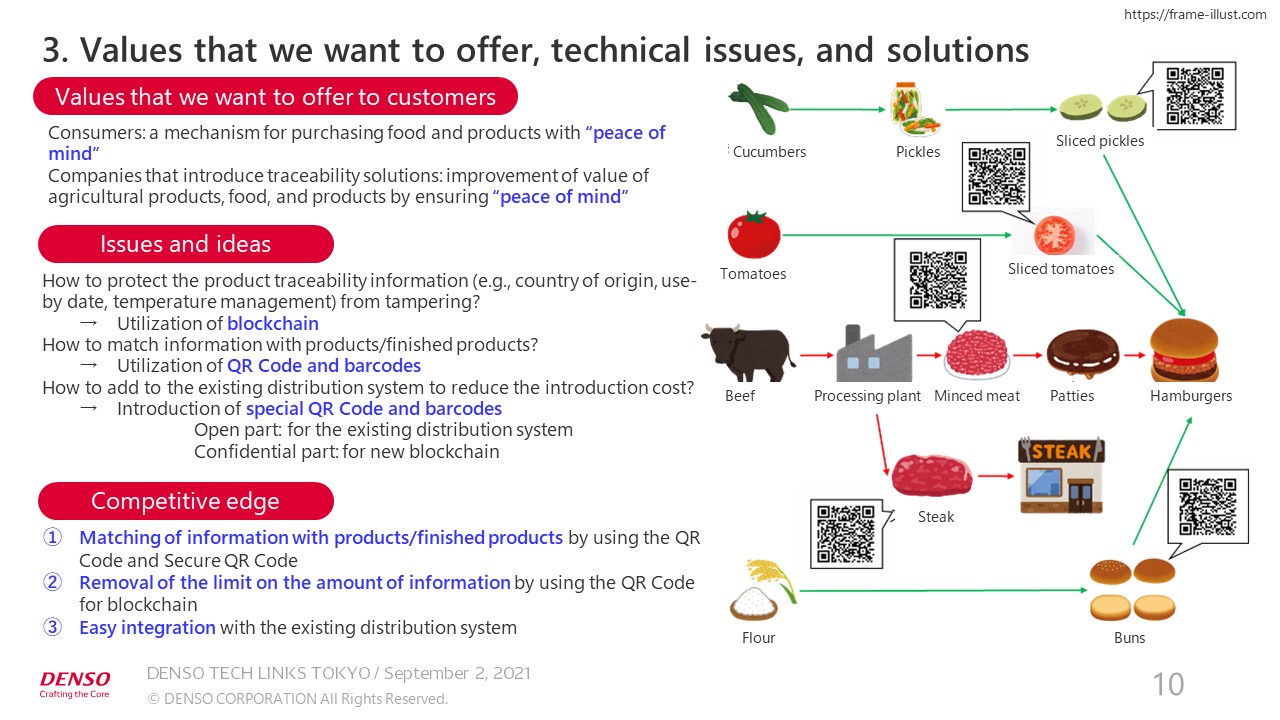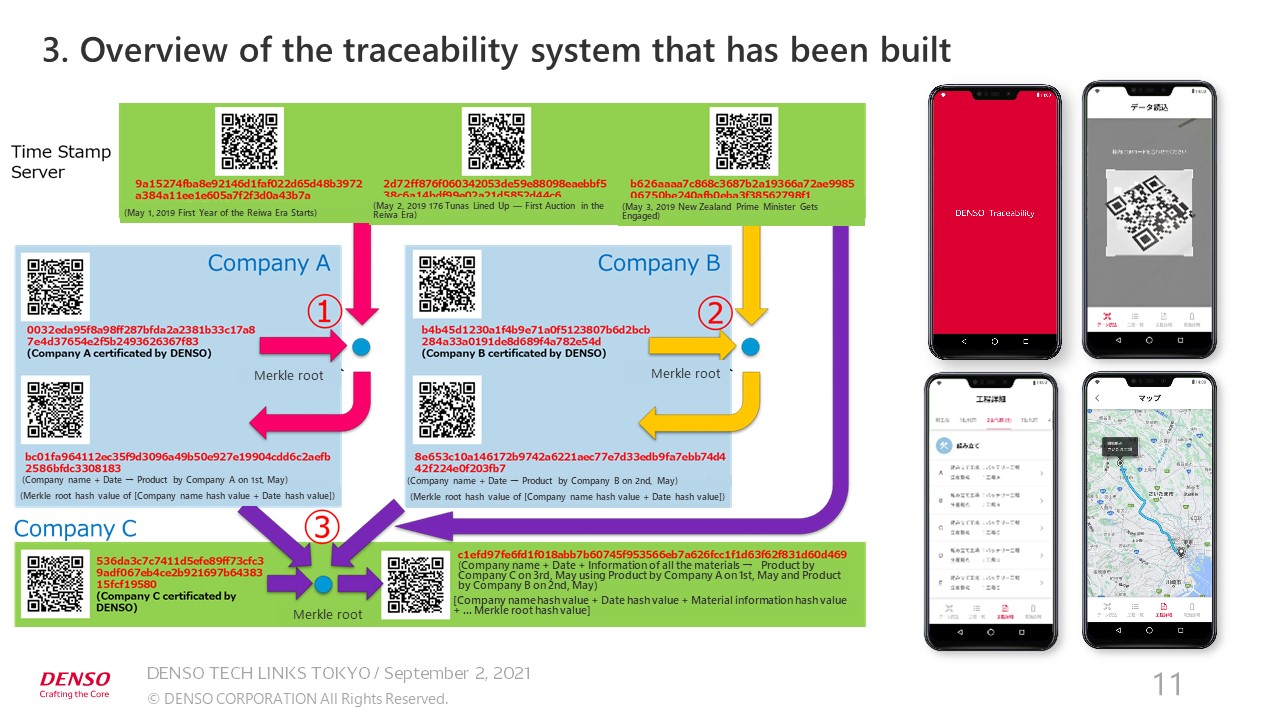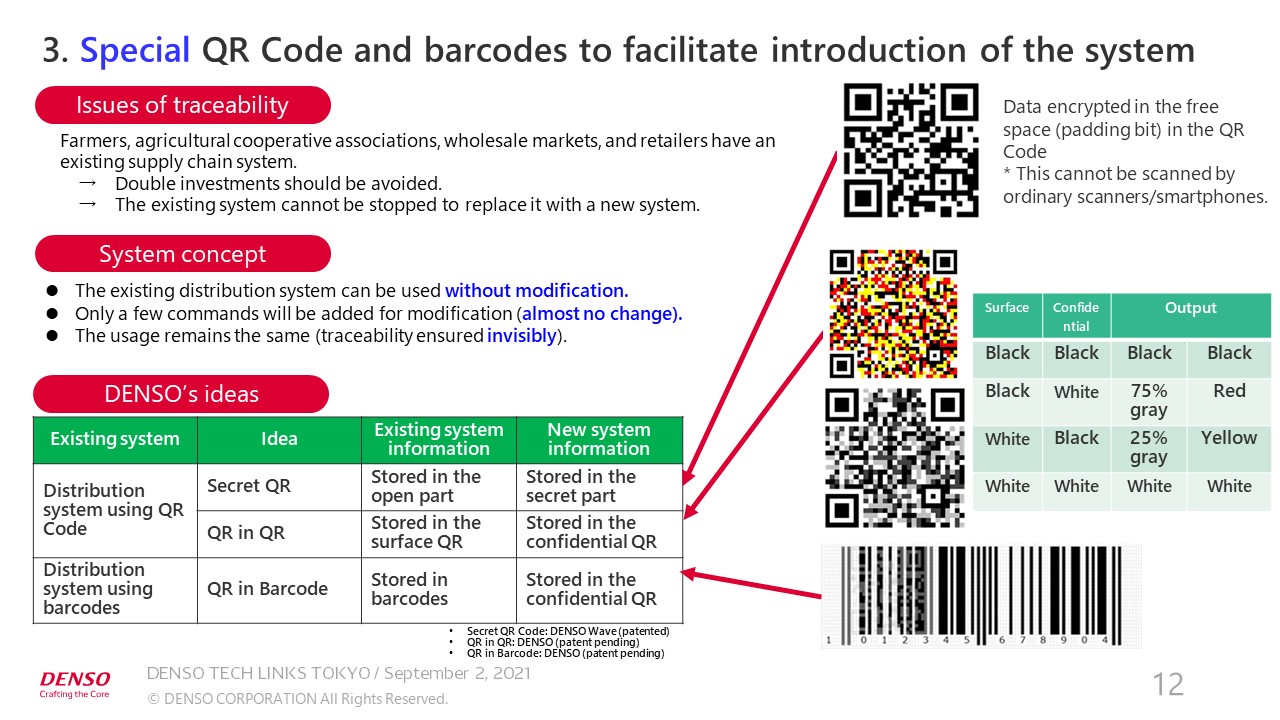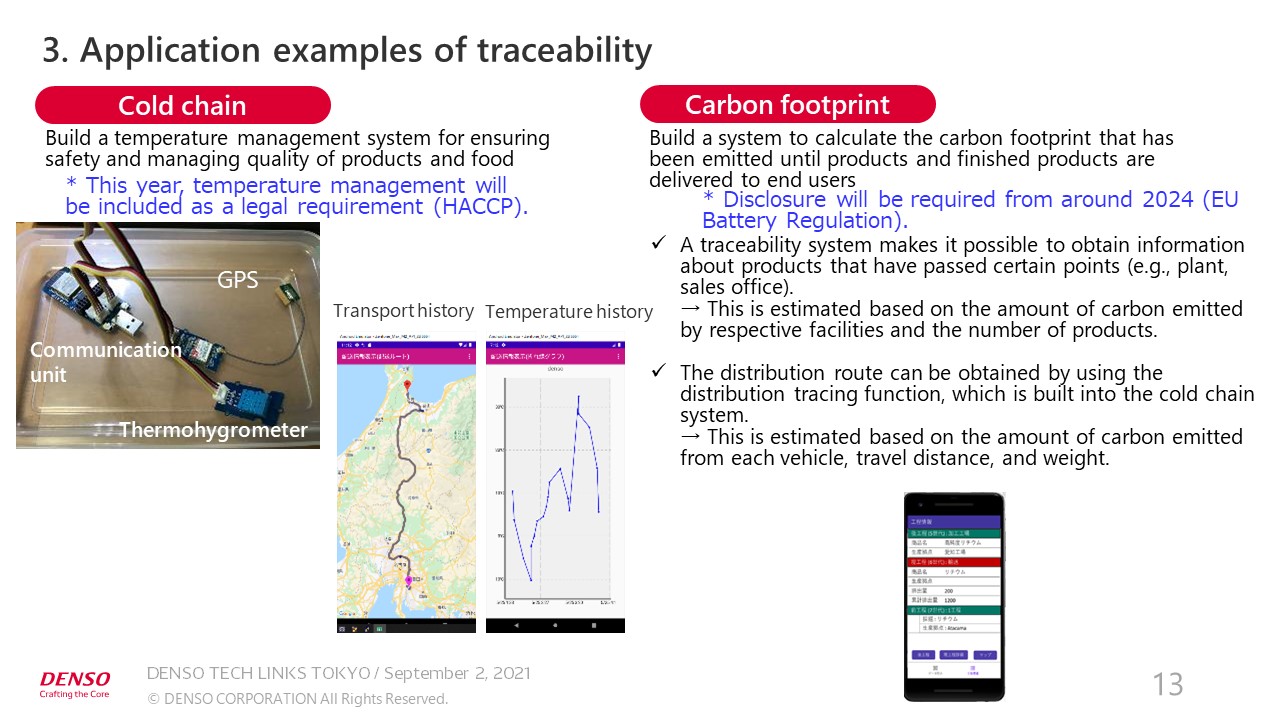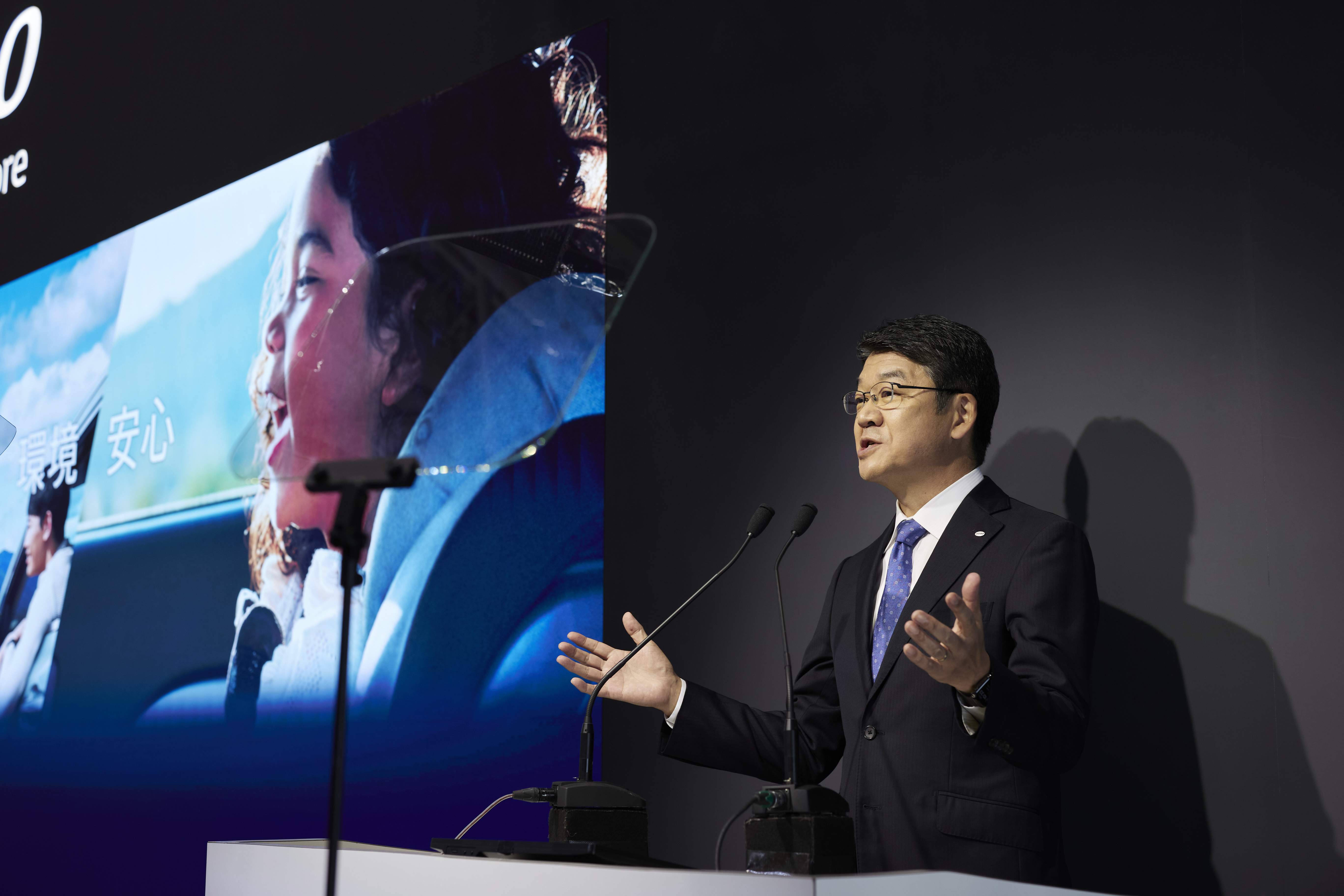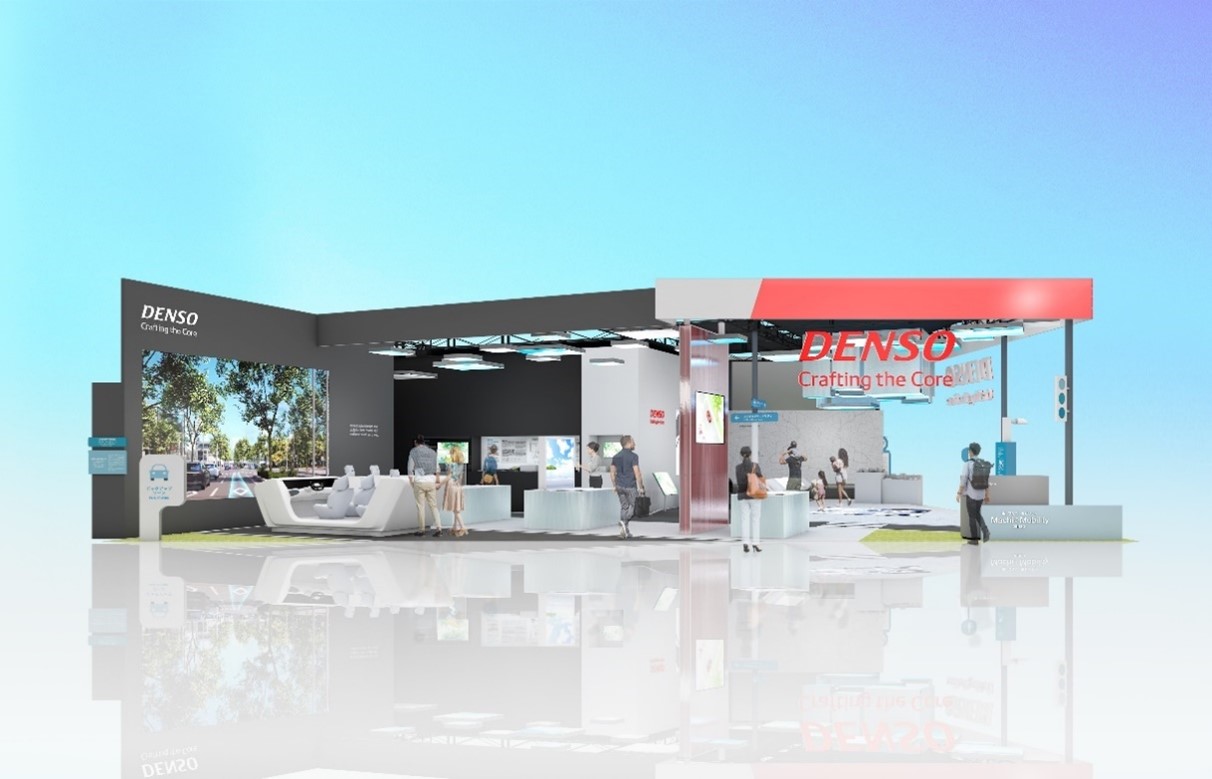Tracing Products by Using Blockchain and QR Code to Ensure Accuracy of Labeling
On September 2, 2021, DENSO Tech Links Tokyo #12, an event organized by DENSO Corporation, was held as a webinar. How will blockchain change our lives? Why is DENSO, which manufactures automotive components, developing blockchain? And what exactly are blockchain? Tatsuya Okabe explains blockchain-based traceability.
【Speaker】
Tatsuya Okabe
Information Traceability Dev. Sect., Solution Planning for Smart City Dept.,
DENSO Corporation
Why Is DENSO Developing Blockchain?
Tatsuya Okabe: Good evening. I’m Tatsuya Okabe from the Information Traceability Development Section, Solution Planning for Smart City Department, of DENSO Corporation. First, I’ll outline DENSO’s development of blockchain, and then explain traceability, which I am in charge of.
Let’s start with the first point. Many of you may wonder why DENSO is working on blockchain. Before explaining the reason, let me introduce DENSO’s business fields.
We manufacture automotive components and sell them to automakers. We are also involved in the fields of MaaS, logistics, food, and robots. Our business mainly involves manufacturing products and selling them to customers.
In view of social developments and customers’ needs, it is essential to ensure that customers have a good experience after we sell them products. We therefore intend to shift gradually to the product and service business. Data is crucial for this.
Data is needed in the service business, so we are conducting R&D on blockchain to ensure security and offer outstanding services. We are also involved in QR Codes and logistics, so we are also researching blockchain in order to offer efficient services for new in-vehicle businesses.
Blockchain ≠ Cryptocurrency
First, let me explain what a blockchain is. It is very important to understand that a blockchain is not a cryptocurrency. If you remember that, I have done half of my job today.
Blockchain technology was invented by Satoshi Nakamoto in 2008 for bitcoin, a cryptocurrency. Today, blockchain is used in fields other than cryptocurrency as a way of preventing data tampering.
Blockchain technology consists of three main parts: the hash chain, the distributed ledger, and the consensus algorithm or mining.
First is the hash chain. In our daily lives, we use many documents and data. In the world of blockchain, these are called “transactions.” When the amount of data increases, we put the data into files, which are called “blocks” in blockchain technology.
When creating a file, information about time is added to cast a spell. Next, you “read a file and summarize it in 64 characters” like a reading test at elementary school.
That 64-character summary is added to the next file to create a new file. This is how a hash chain works.
If part of a document is altered, the value of the summary changes, and the file to which the summary was added is also altered. Partial alteration causes the data to collapse like dominos. This mechanism protects data.
I used an example of summarizing a file in 64 characters in a reading test as a metaphor. In blockchain technology, we use hash values for cryptographic summaries. The characteristics of hash values are shown in the slide.
The second technology is the distributed ledger. This is very simple. It is like a newspaper. When there is a monetary transaction, the information is immediately spread around the world by publishing a newspaper. If I try to cheat and don’t send the money, everybody will shout, “Okabe, pay up!” because the newspaper contains the information. A distributed ledger is used to share information with other users.
The third technology is the consensus algorithm or mining. This is what makes blockchain technology difficult to understand. When new data is added, the question is, who ensures it is accurate? The consensus algorithm is designed to allow an individual who wins a game to add a block.
This requires a lot of calculations. News reports have described the huge computer resources needed.
The slide below shows developments at companies that use blockchain technology. Automakers and suppliers, including Volkswagen, Renault, BMW, Bosch, Ford, and Daimler, have been developing new services by using blockchain in different ways.
In Estonia, blockchain technology is used to manage official documents. It is increasingly being used to manage documents and editing software in various fields.
Social Issues That DENSO Wants to Solve
Next, I will explain what we are doing. The slide below shows some social issues that we want to solve. They are classified into two main categories: traceability and data utilization.
Traceability refers to a technology to keep track of raw materials, processing, best-by dates, carbon emissions, and energy consumption of products to be purchased. I’ll explain traceability later in more detail.
The items shown in pink on the right are categorized as data utilization. Recently, the sharing economy and car sharing have become increasingly popular. Blockchain is used to protect important data regarding payment and calculating insurance premiums.
EVs are expected to enter the mainstream as eco-friendly vehicles. Gasoline sales will fall, making it difficult to maintain roads. Blockchain may be used to manage small payments made when vehicles drive on expressways and national roads.
The slide below outlines our work. We will offer blockchain-based platforms for in-vehicle fields and traceability as well as MaaS and inter-company services. The presenters in respective fields are shown in the slide.
We have a competitive advantage in the in-vehicle business, so we will implement blockchain in in-vehicle hardware. We will also develop unique blockchain technology by linking the QR Code, which we developed, with blockchain.
Achieving Traceability by Combining Blockchain with the QR Code
Next, I’ll explain traceability, which is my field.
At a burger shop, you may have wondered before eating a hamburger where the meat came from or how the buns were made. We aim to provide traceability information to customers using a smartphone by combining blockchain with the QR Code.
By providing traceability information to end users, we will enable them to buy and eat food or use products securely and safely. For companies that introduce traceability solutions, we will enable them to increase the value of their finished products.
In developing traceability solutions, there are three main issues. First, how is it possible to protect traceability information from tampering by insiders or third parties? We protect data by using blockchain.
Second, how is it possible to confirm that a finished product in front of you is linked with the traceability information? This is the issue of matching between information and products. You can see vegetables labeled “grown by Mr. X” in supermarkets. Perhaps you have wondered whether the veggies in front of you are linked with the information. We develop technology to match traceability information with products using the QR Code.
Third, even if it is possible to protect data by using blockchain and the QR Code, introducing the system may not be easy. If there is already a logistics system in place, will customers invest to install our system?
The answer is probably “no.” We have therefore developed a special QR Code by using our technology to make it easy to add our traceability solution to existing systems. I’ll explain the details later.
Prevention of Data Tampering by Using Blockchain
Next, I’ll explain the system we have developed. This slide shows three companies: A, B, and C. Let’s assume that Companies A and B manufacture materials and Company C processes the materials. Information about various companies or manufacturing information owned by Company A is put into blockchain, protecting the data from tampering.
Company A sends the information and manufacturing history to blockchain, which are prepared in advance. The blockchain will store the data in a manner that prevents tampering. A summary value, namely a hash value, is returned. Company A prints the QR Code with this hash value and ships the products. Company B does the same.
Company C, a processing manufacturer, scans the QR Code attached to the raw materials it has purchased. It puts its own information into the blockchain. When the information is sent to the blockchain, the data is protected from tampering, and a hash value is returned. Company C prints the QR Code to ship its products. Traceability is ensured by repeating this process. This is the system we’ve been developing.
For example, when the QR Code shown on the lower left is scanned, a hash value shown in red text, which looks like a spell, is generated. It is decrypted to reveal the following message: “This product was manufactured by Company C on May 3 by using raw materials manufactured by Company A on May 1 and Company B on May 2.” The smartphone app shown on the right enables housewives and children to check traceability.
I would like to explain the special QR Code we have developed. It can be applied to an existing system without major investment. Specifically, the QR Code is divided into two separate fields. The information required for the existing system is shown on the surface part. The information required for our system is embedded in the confidential part. This eliminates the need to modify the existing system.
When an existing smartphone or scanner is used, only the surface part is scanned. This does not affect the existing system. When our app is used, the confidential part can also be scanned. This makes it possible to add a traceability system.
“Cold Chain” and “Carbon Footprint” in Actual Applications
I’ll now explain actual applications of traceability technology. The left side of the slide shows food temperature management, which is called the cold chain. The technology can be also used for managing the temperature of Covid-19 vaccines. Information generated by temperature sensors and GPS sensors is stored in blockchain so that the temperature information and delivery route can be tracked.
Carbon footprint is a more recent application. A smartphone app is used to check CO2 emissions from the manufacturing process by including the carbon history in the manufacturing history or by obtaining information on the process to be traced.
Using the traceability system, we are working hard to build a system that enables customers to check the information and purchase and consume products with peace of mind.
Thank you for listening!



